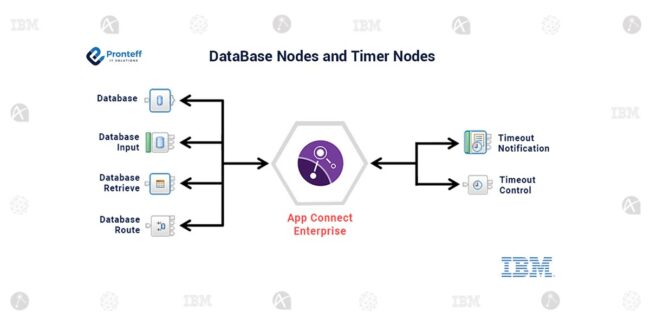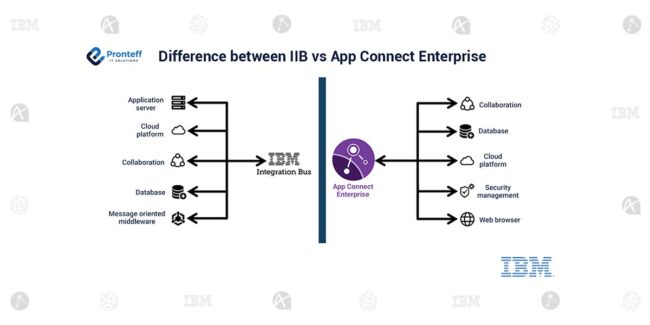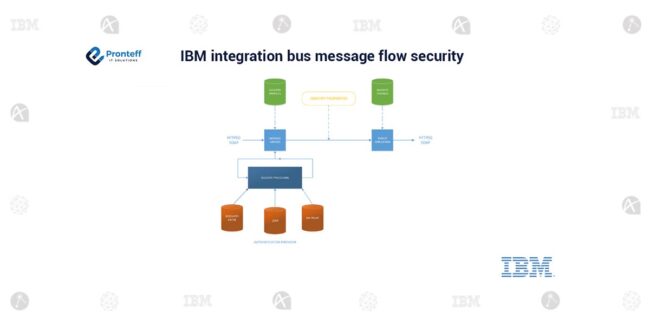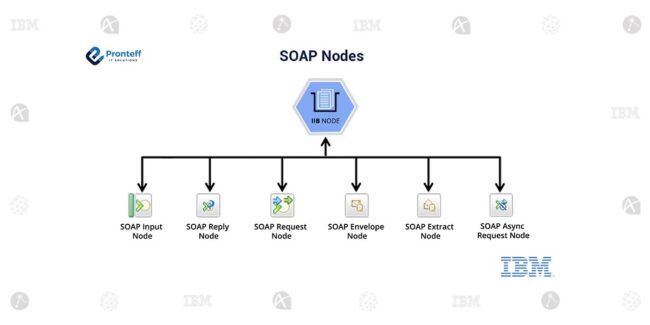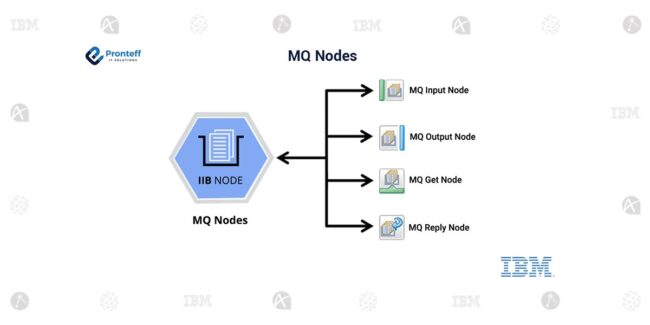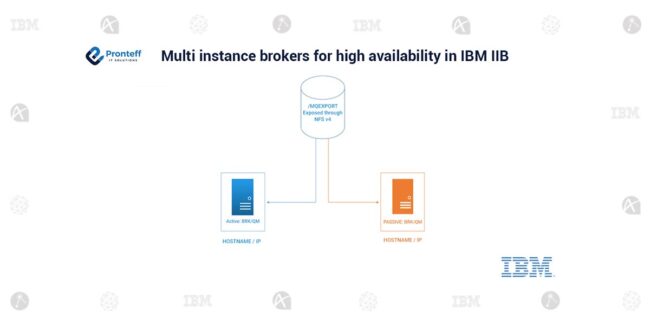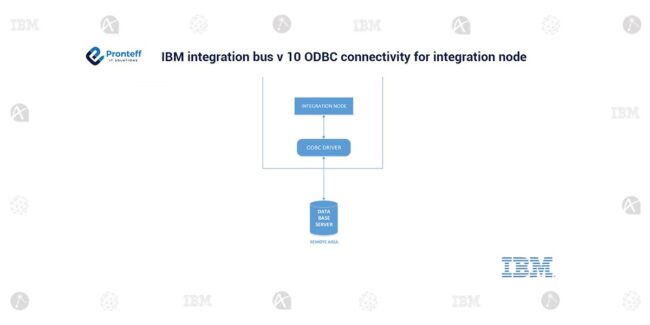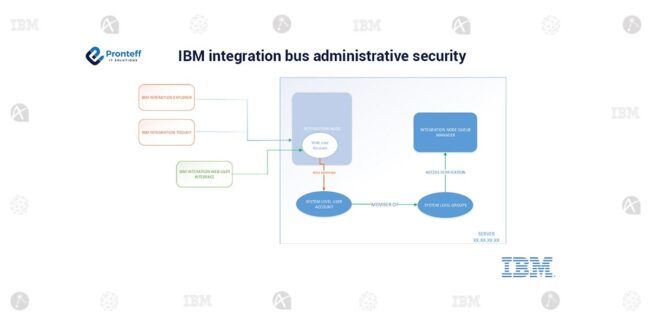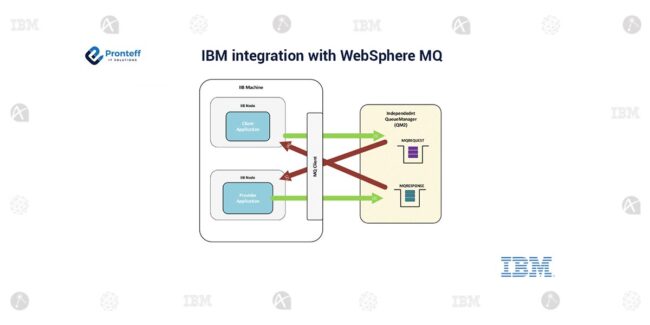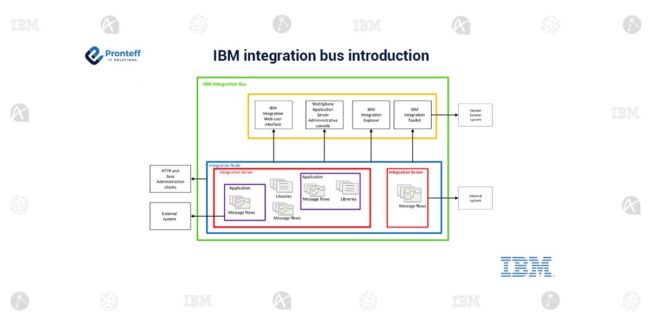DataBase Nodes and Timer Nodes
DataBase Nodes and Timer Nodes DataBase Nodes: Database Node: These database nodes used to interact with a database in the specified ODBC data source. Database Input node: By using Database Input node to detect events recorded in a database, and to retrieve the data affected by those events. Database Retrieve node: We can use the Database Retrieve node…


